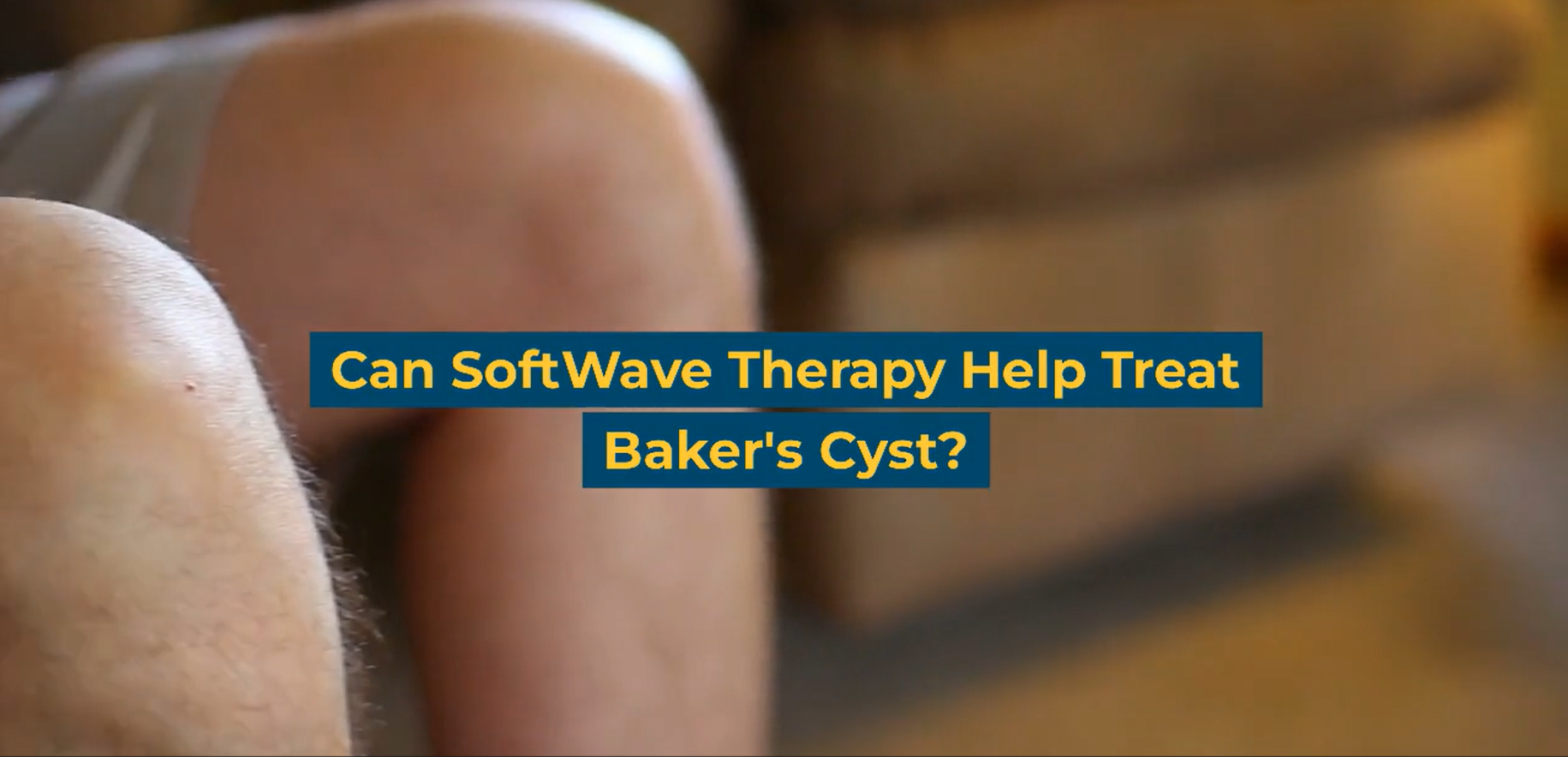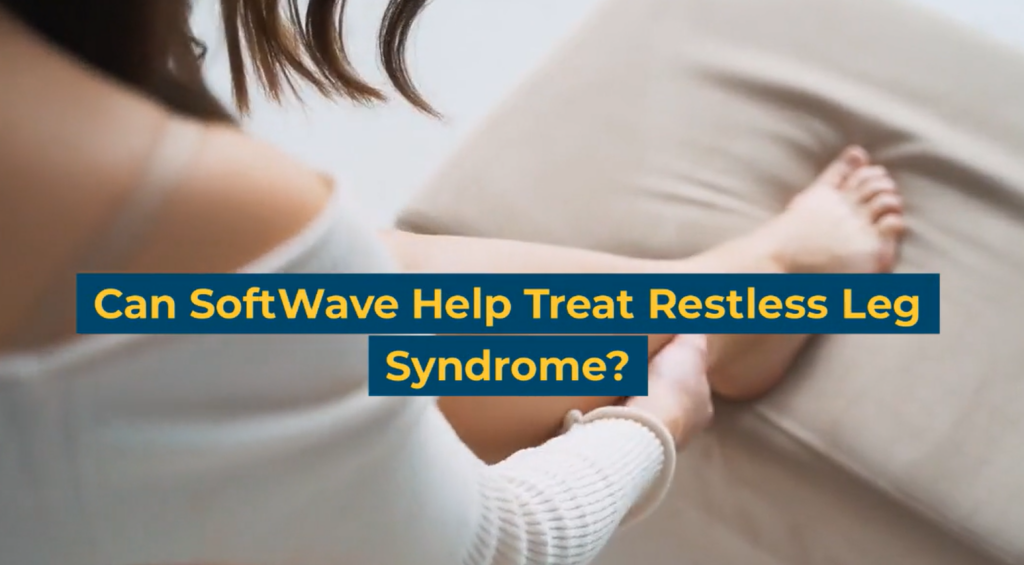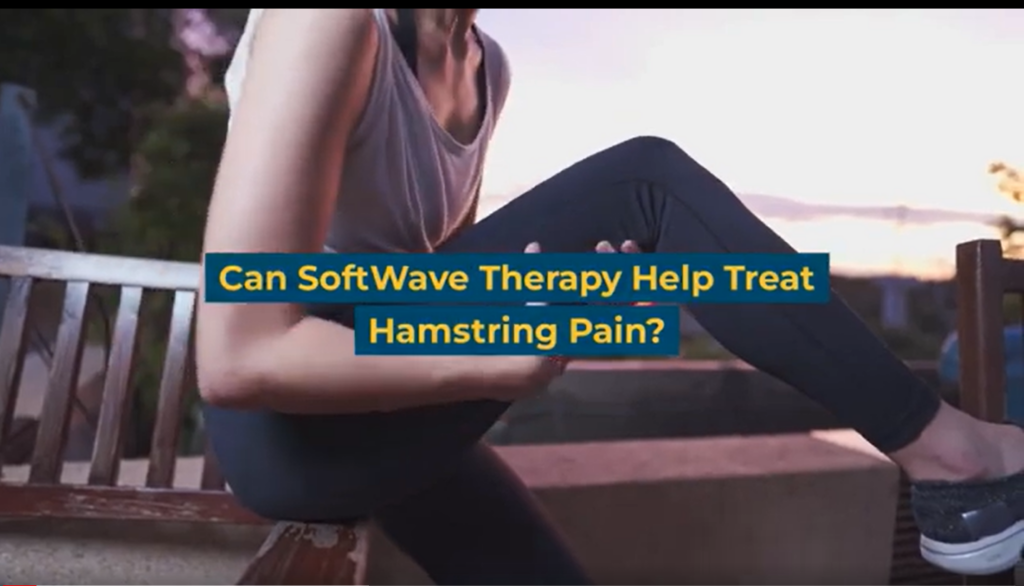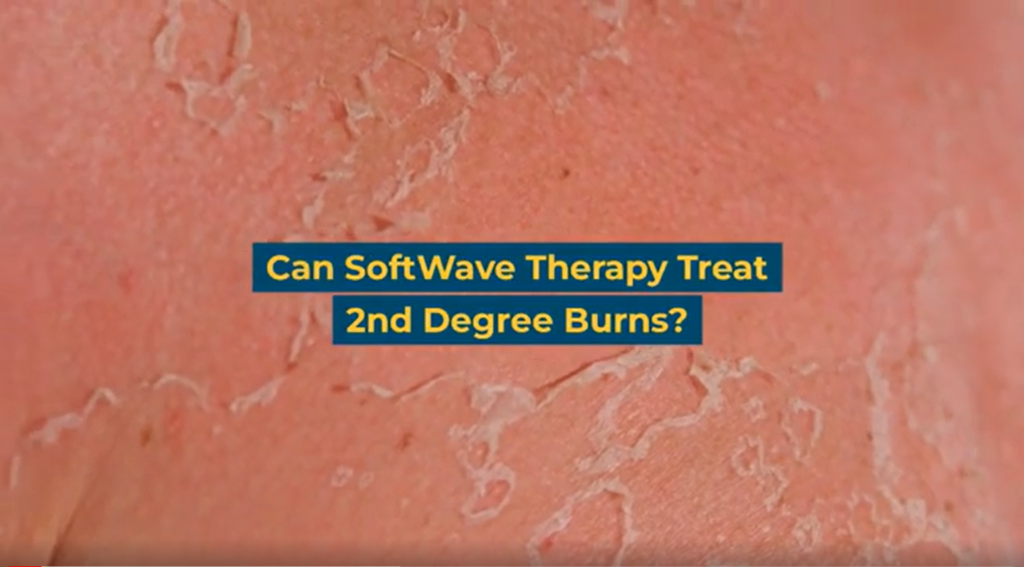Can SoftWave Therapy Help Treat Baker's Cyst?
A Baker’s Cyst, medically known as a popliteal cyst, is a fluid-filled swelling that develops behind the knee. It’s often a result of a problem within the knee joint, such as arthritis or a cartilage tear. Symptoms include swelling, knee pain, and stiffness, particularly when extending or fully flexing the knee. Traditional treatments range from medication and ice to physiotherapy and, in severe cases, surgery. However, in the pursuit of non-invasive yet effective treatments, SoftWave therapy has come to the forefront as an efficient method for reducing inflammation and alleviating pain for patients suffering from Baker’s Cyst.
New Patient Special
Try SoftWave for just $69 at a clinic near you and learn if you’re a candidate for full treatment
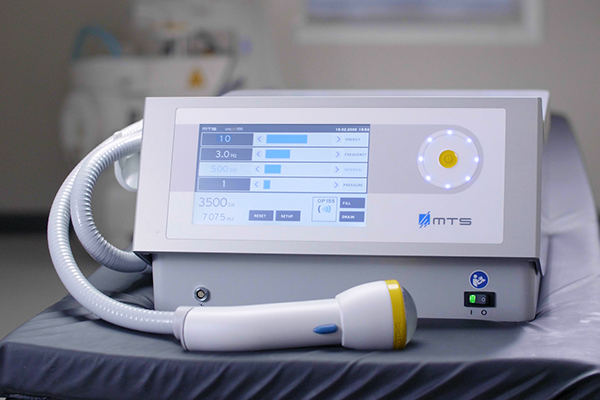
Understanding Baker’s Cyst: Causes and Symptoms
A Baker’s Cyst typically arises from conditions that cause joint inflammation, such as osteoarthritis or rheumatoid arthritis. It may also develop after an injury, like a cartilage tear. These conditions lead to an excess of synovial fluid, which the body produces to lubricate the knee joint. When this fluid accumulates, it can form a cyst behind the knee, causing discomfort and limited mobility. Common complications include pain and swelling, and in rare cases, the cyst can burst, leading to sharp pain in the knee and calf, alongside redness and swelling in these areas.
Traditional Treatments of Baker’s Cyst
Traditional treatment for Baker’s Cyst typically includes nonsteroidal anti-inflammatory drugs (NSAIDs) to reduce pain and inflammation, physical therapy to improve range of motion, corticosteroid injections for direct inflammation reduction, aspiration to drain fluid from the cyst, the use of ice packs, compression wraps, or knee braces to support the knee and alleviate discomfort and, in severe cases, surgery. Rest and elevation of the leg are also recommended to reduce symptoms. Traditional treatments provide temporary relief but often fail to address the underlying issue.
What is SoftWave Therapy and How Does it Treat Baker’s Cyst
SoftWave Therapy is a non-invasive therapy that uses acoustic waves to stimulate the body’s natural healing processes. This treatment utilizes broad-focused shock waves toward the affected area, which encourages blood circulation and the regeneration of damaged tissues. The therapy works by activating and recruiting resident cells to the injured area, thus promoting natural tissue regeneration.
For those suffering from Baker’s Cyst, SoftWave Therapy provides hope. This therapy can target the inflamed and damaged tissue behind the knee, reducing the swelling around the area. Unlike some of the traditional treatments, which often provide short-term solutions, SoftWave Therapy aims to facilitate long-term healing and recovery.
Advantages of SoftWave Therapy Over Traditional Treatments for Baker’s Cyst
SoftWave Therapy stands out with its non-invasive nature and lack of side effects, unlike surgeries that carry risks of infection and require long recovery periods. It is a pain-free alternative that does not require anesthesia or medications, thereby eliminating the risks associated with these interventions. Furthermore, the therapy sessions are quick, usually lasting about 30 minutes, and patients can typically resume their normal activities immediately, making it a convenient option for those with busy lifestyles.
Is SoftWave Therapy for Everyone?
While SoftWave Therapy is promising, it’s essential to consider that it may not be suitable for everyone. Individuals who are pregnant, have a pacemaker, or have cancer are not candidates for the treatment. It is crucial to consult with a healthcare provider to determine the best course of treatment for your specific situation. Nonetheless, the potential of SoftWave Therapy as a non-invasive, effective treatment option for Baker’s Cyst is significant, offering a safer and more sustainable solution compared to traditional methods. Interested in learning more about SoftWave? Read our FAQs.
Get Relief from Baker’s Cyst Today with SoftWave Therapy
Battling a Baker’s Cyst can be a challenging experience, but SoftWave Therapy provides hope in this struggle. By choosing SoftWave Therapy, you’re opting for a treatment that holds promise in addressing the discomfort and mobility issues associated with Baker’s Cysts. Don’t let this condition hold you back any longer. Discover your nearest SoftWave Clinic and embark on a transformative journey towards better health and comfort. Your path to alleviating Baker’s Cyst symptoms begins with SoftWave Therapy.
Disclaimer: The information provided in this blog is for educational and informational purposes only and is not intended as a substitute for professional medical advice, diagnosis, or treatment. The content provided in this blog should not be used to diagnose or treat any health problems or illnesses. Always consult with a qualified healthcare professional before making any changes to your healthcare routine or treatment plan.
New Patient Special
Try SoftWave for just $69 at a clinic near you. No drugs. No surgery. Just relief.


